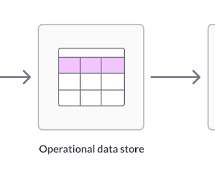The most valuable AI use cases for business
IBM Big Data Hub
FEBRUARY 14, 2024
For example, Amazon reminds customers to reorder their most often-purchased products, and shows them related products or suggestions. For example, a supply-chain function can use algorithms to predict future needs and the time products need to be shipped for timely arrival. Routine questions from staff can be quickly answered using AI.













Let's personalize your content